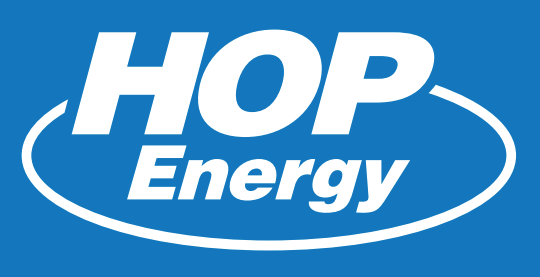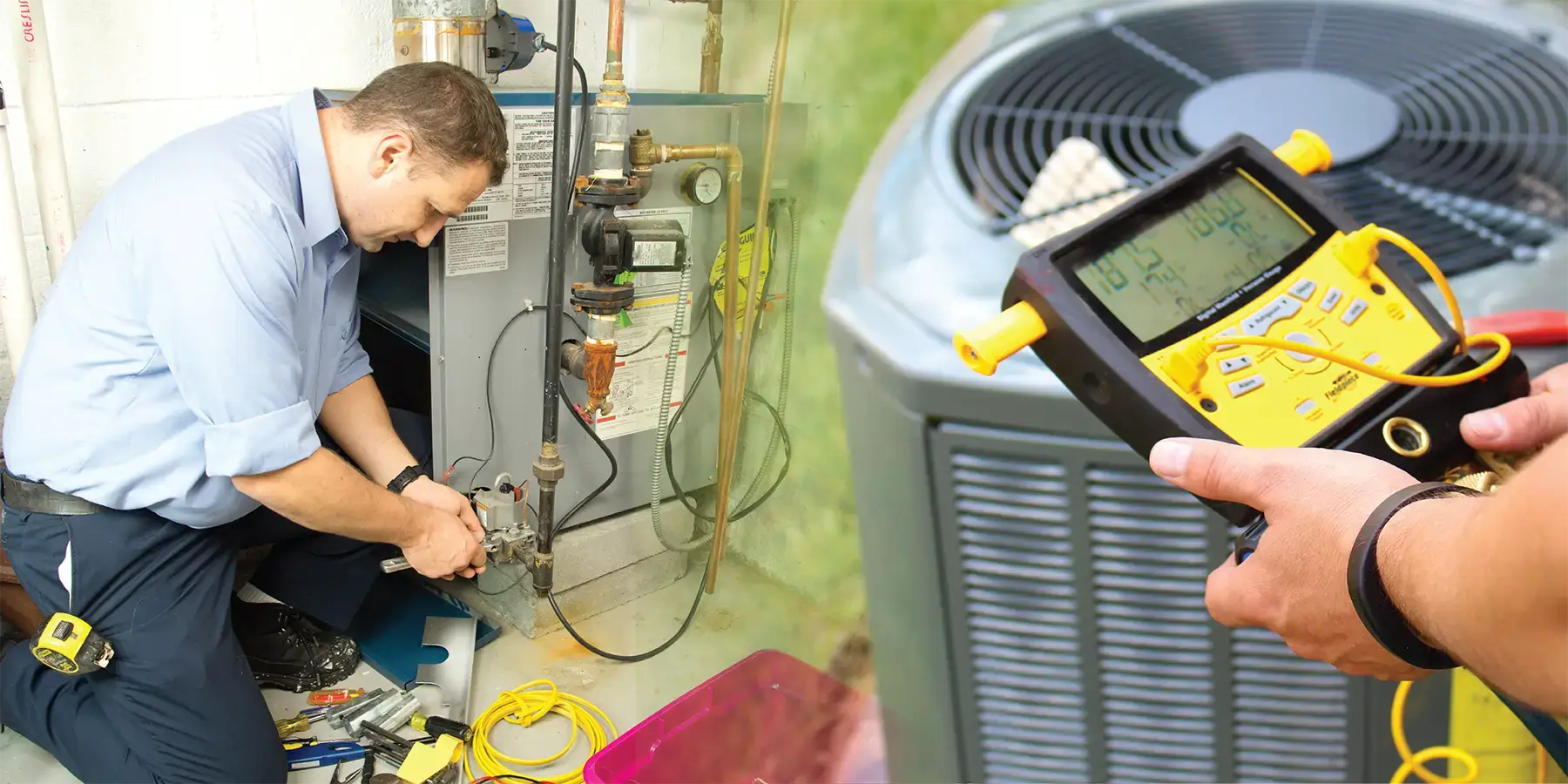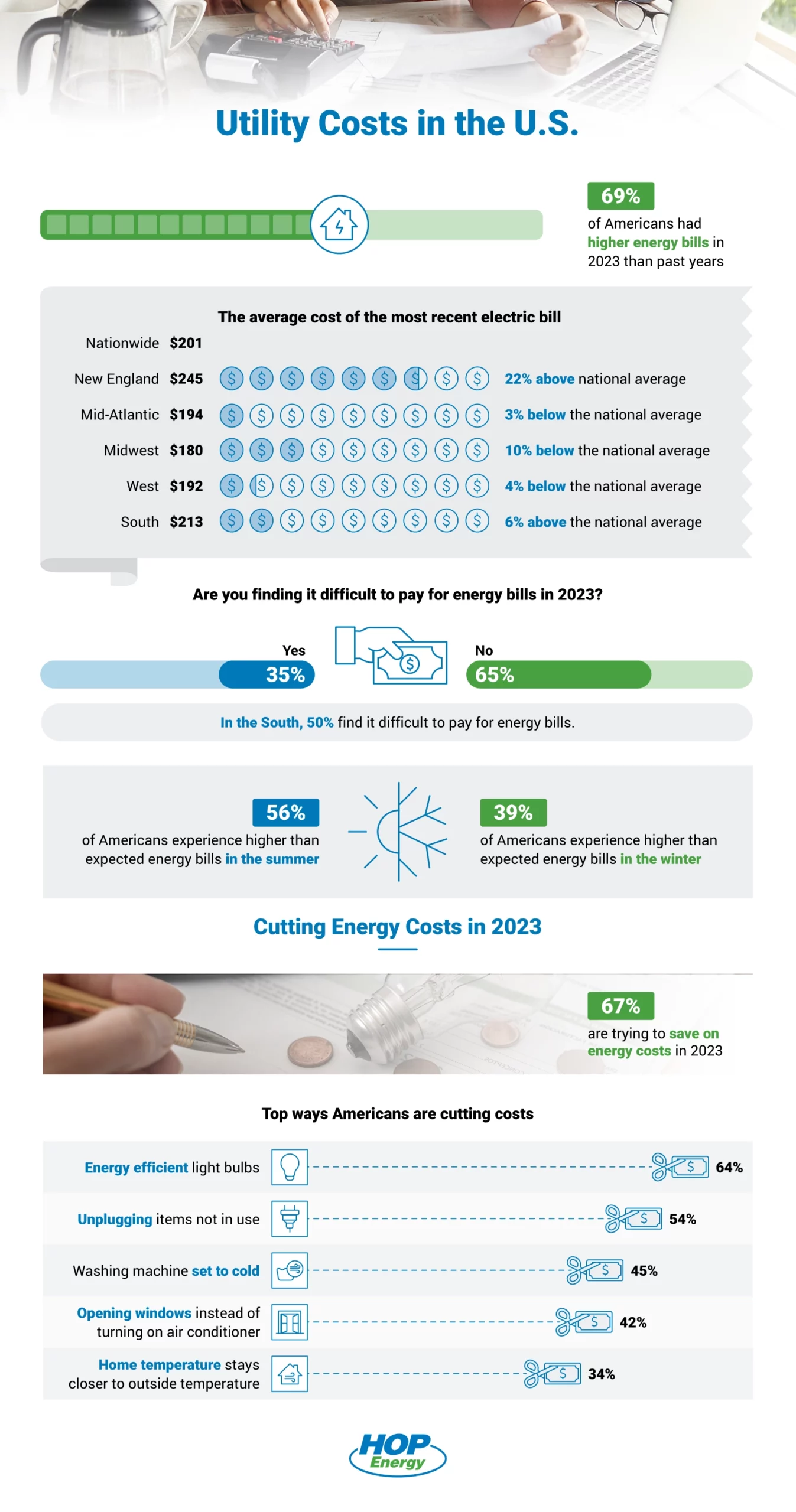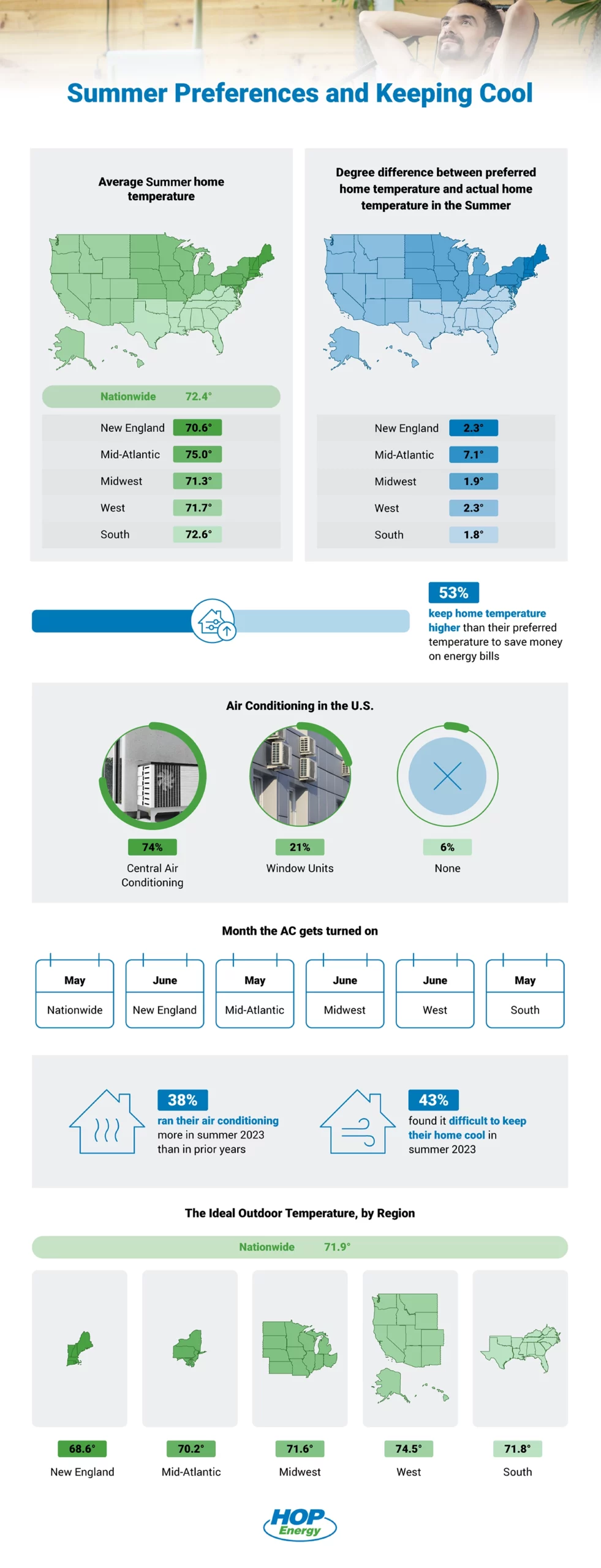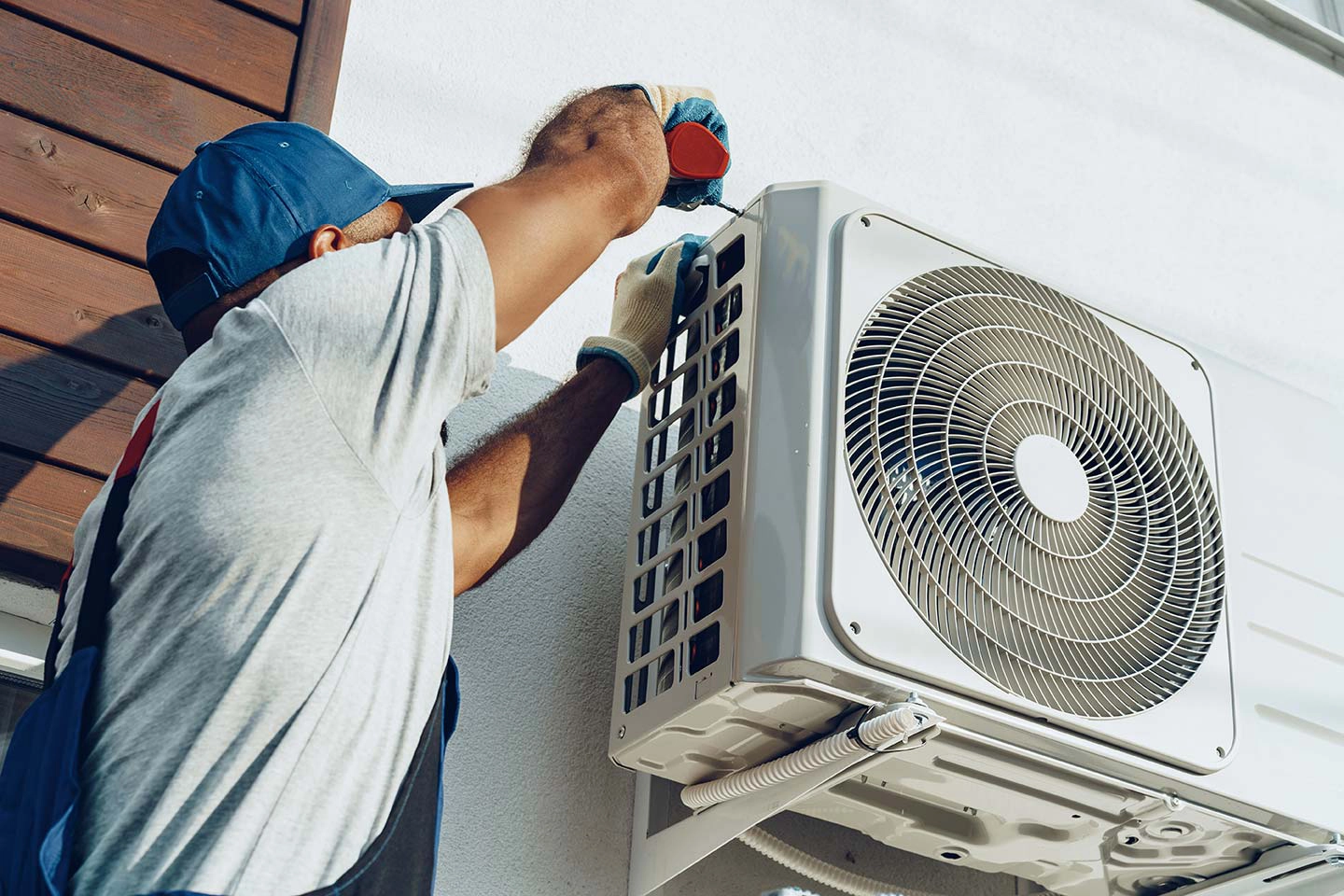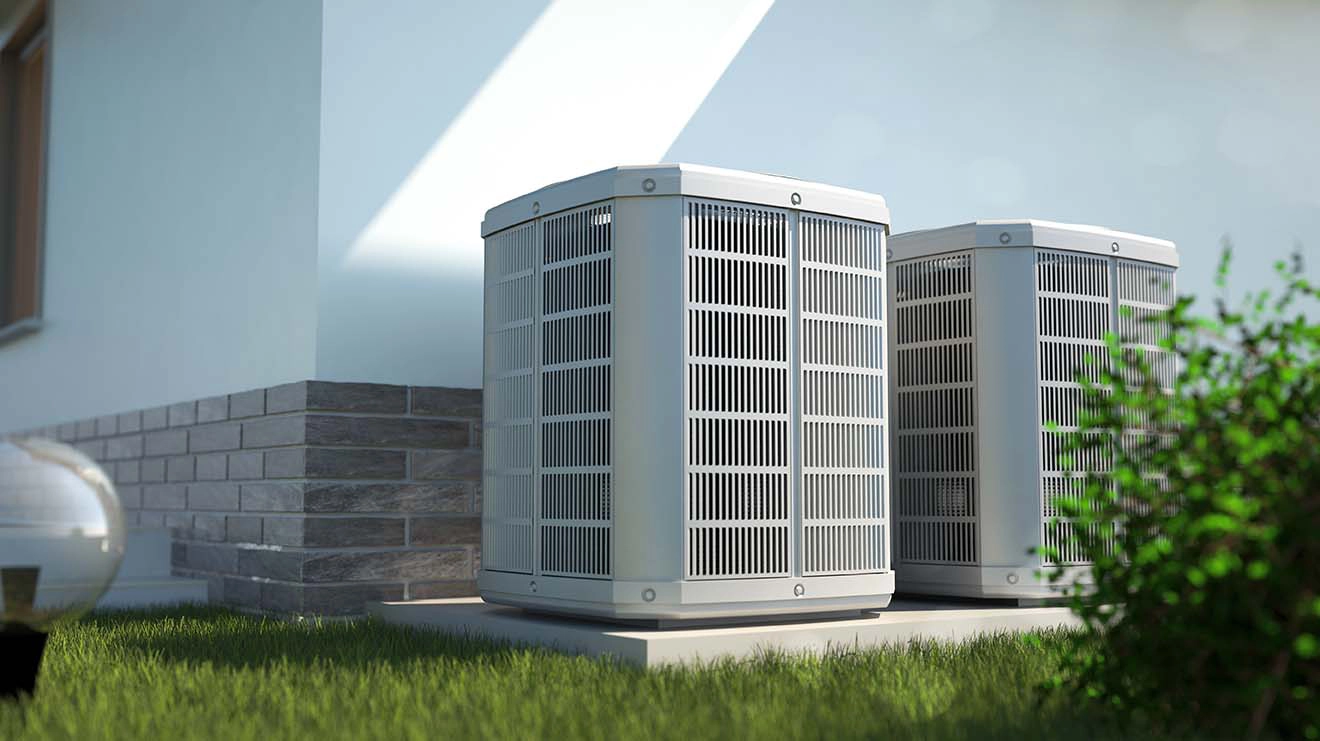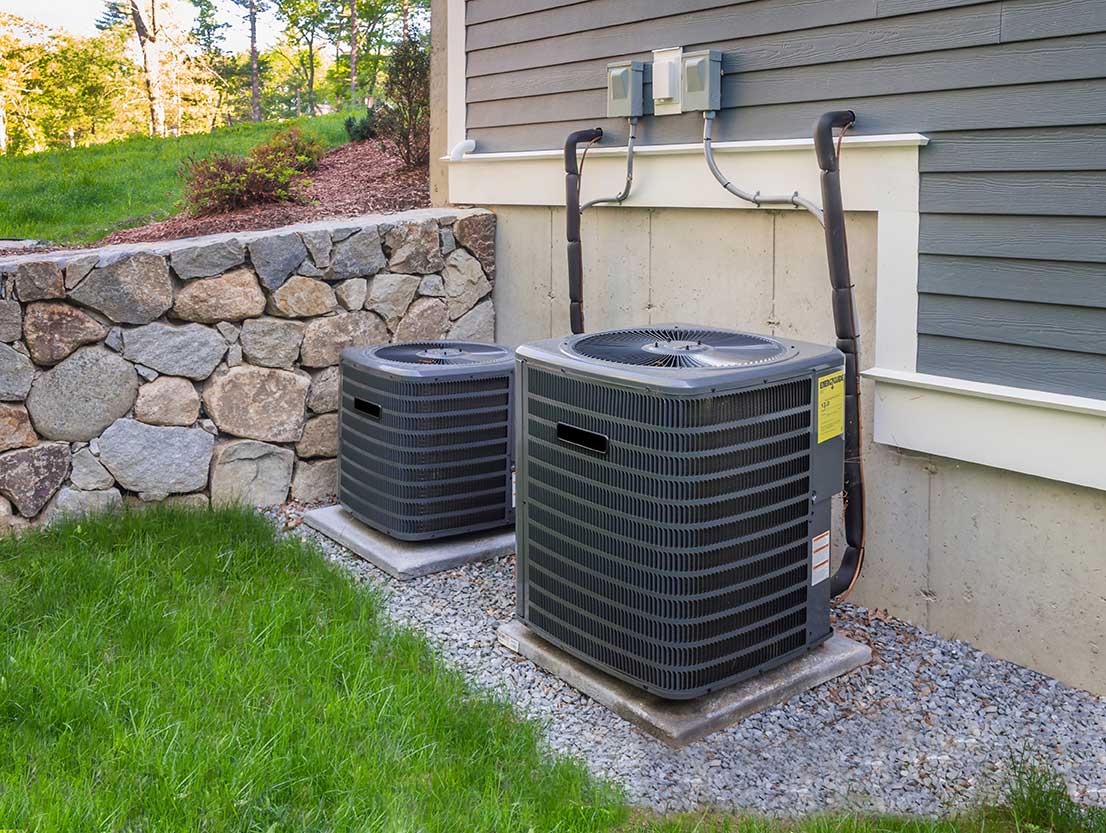Your heating, ventilation, and air conditioning (HVAC) system is essential to keeping your home comfortable year-round. Whether you’re battling the summer heat or winter chill, having a reliable system is crucial. However, like any complex system, your HVAC setup requires regular maintenance and, occasionally, emergency repairs. This is where an HVAC service agreement comes into play, offering a layer of protection and peace of mind that goes beyond the basic manufacturer’s warranty.
Table of Contents
What is an HVAC Service Agreement?
An HVAC service agreement is a contract between you and a service provider that covers the regular maintenance and repair of your HVAC system. This agreement ensures that your system receives routine check-ups, keeping it running efficiently and extending its lifespan. It typically includes scheduled inspections, cleaning, and maintenance tasks performed by professional technicians, as well as discounts on repairs and priority service.
How Does It Differ from a Manufacturer's Warranty?
While a manufacturer’s warranty covers defects in materials and workmanship, it doesn’t cover routine maintenance or wear and tear from regular use. Here’s how an HVAC service agreement complements and differs from a manufacturer’s warranty:
Comprehensive Coverage: A manufacturer’s warranty might cover only certain parts for a limited period, whereas an HVAC service agreement can include a wider range of components, ensuring your entire system is well-maintained.
Regular Maintenance: Warranties often require proof of regular maintenance to remain valid. An HVAC service agreement provides this necessary upkeep, keeping your warranty in good standing.
Immediate Support: Manufacturer warranties may require you to navigate a lengthy claims process, while a service agreement offers immediate access to professional support, often including emergency services.

Benefits of an HVAC Service Agreement
1. Enhanced Reliability and Efficiency:
With regular maintenance included, your HVAC system operates at peak efficiency, reducing energy consumption and lowering your utility bills. By addressing minor issues before they become major problems, you can avoid costly repairs and unexpected breakdowns.
2. 24/7 Emergency Service:
One of the standout benefits of HOP Energy’s HVAC service agreements is access to 24/7 emergency service, 365 days a year. Whether it’s the middle of the night or a holiday weekend, our local team is ready to assist you, ensuring your home remains comfortable and safe.
3. Extensive Coverage:
Unlike many competitors, HOP Energy’s service agreements cover up to twice as many parts, providing you with unparalleled protection and value. Our comprehensive plans ensure that more components of your HVAC system are covered, minimizing out-of-pocket expenses.
4. Priority Service:
As a service agreement holder, you receive priority scheduling, reducing wait times and ensuring that your system receives the attention it needs promptly. This priority access can be crucial during peak seasons when demand for repairs is high.
5. Local Expertise and Support:
HOP Energy prides itself on being a local provider, with technicians who understand the unique needs of our community. Our team is committed to delivering personalized, reliable service, ensuring your complete satisfaction.
Why Choose HOP Energy?
Choosing HOP Energy means choosing a partner that values your comfort and peace of mind. Our HVAC service agreements are designed to offer comprehensive protection and convenience, allowing you to focus on what matters most—enjoying a comfortable home. With our extensive coverage, 24/7 emergency service, and local expertise, you can trust that your HVAC system is in good hands.
Get Started Today
Protect your HVAC investment and enjoy worry-free comfort all year long. Contact HOP Energy at 833- 837-7690 or click here to learn more about our HVAC service agreements and how they can benefit you. Let us help you keep your home comfortable, efficient, and safe.
